How to Balance Weightlifting & Martial Arts
The Ultimate Guide to Mixing Fitness with Fighting.
Combining strength training and martial arts is one of the hardest balances to get right. But it’s not your fault that you’ve failed to balance the two.
You have the bodybuilders who say fighting makes you small.
The fighters who say lifting makes you slow.
Both are wrong…
You can absolutely deadlift 500 pounds on Monday and execute perfect head kicks on Tuesday. You can build a physiques that command boardroom respect while developing skills that could dismantle any threat.
You don’t have to choose between strength OR speed, muscle OR mobility, power OR technique.
You can systematically develop both.
The reason why 99% of men fail at this integration because they follow advice from specialists who only understand half the equation.
The bodybuilder who's never been punched doesn't understand the demands of combat. The fighter who's never built serious muscle doesn't grasp the science of hypertrophy.
I've spent the last decade learning from the very best in both disciplines & crafted 5 laws to effectively balance both fighting & physique development….
Let’s start with Law 1….
LAW 1: MINIMUM EFFECTIVE DOSE LIFTING
The Principle: Make maximal progress with minimal volume.
The Science: Research shows that once you exceed 10-12 hard sets per muscle group weekly, additional volume yields diminishing returns. For martial artists, this threshold is even lower due to neural fatigue from skill training.
The Application:
2 high-intensity sets per exercise (RPE 8-9)
6-8 exercises per full-body session
3 sessions weekly maximum
Why This Works: By limiting volume, you preserve neural recovery for skill acquisition while still triggering the protein synthesis needed for muscle growth. My fighter clients consistently add 8-12 pounds of lean mass yearly on this protocol.
LAW 2: WEAPONIZE YOUR CONDITIONING
The Principle: Every cardio minute should sharpen your combat skills.
The Science: Skill-based conditioning creates superior neurological adaptations compared to steady-state cardio, while burning similar calories and improving VO2 max.
The Application:
Replace treadmill work with shadowboxing
Use jump rope for footwork development (improves rhythm and timing)
Light pad work for active recovery days
Why This Works: You're not just building a gas tank—you're encoding movement patterns. I’ve had multiple clients improve their VO2 max, without ever going for a run or doing boring sterile gym cardio sessions, while simultaneously advancing from white to blue belt in BJJ.
LAW 3: THE STRATEGIC SPARRING MATRIX
The Principle: Calibrate intensity based on your primary goal.
The Science: Hard sparring creates significant inflammatory markers and cortisol elevation that can persist for 48-72 hours, directly interfering with muscle protein synthesis.
If you are someone who is:
Physique-focused: 1 hard sparring session weekly
Skill-focused: 2-3 varied intensity sessions
Competition prep: Fight camp specific sparring regime.
Why This Works: By modulating intensity, you maintain skill progression without creating the systemic fatigue that kills gains.
LAW 4: THE FREQUENCY ADVANTAGE
The Principle: Natural lifters grow through frequency, not volume.
The Science: Muscle protein synthesis peaks 24-36 hours post-training in natural athletes. Training each muscle group 2-3x weekly optimizes this window.
The Application:
Full body sessions 3x weekly
Compound movement focus
45-60 minute sessions maximum
Upper/lower alternating emphasis
Sample Week:
Monday: Lower emphasis + striking
Wednesday: Upper emphasis + grappling
Friday: Balanced full body + technical work
Weekend: Skill development only
Why This Works: Full body training creates less localized fatigue, allowing better skill practice.
LAW 5: FERRARI FUELLING
The Principle: Fuel for combat performance, not just aesthetics. Combat sports are primarily glycolytic, requiring 6-8g of carbohydrates per kg of bodyweight for optimal performance.
The Application:
Protein: 1g per pound bodyweight (tissue repair)
Carbs: 1.5-3g per pound on training days (depending on intensity)
Pre-training: High GI carbs (white rice, fruits, honey)
Intra-training: Electrolytes + simple sugars for 90+ minute sessions
Post-training: Protein + carbs within 30 minutes
Critical Supplements: to minimise negative impacts on brain & replenish minerals lost in heavy fight regime.
Magnesium glycinate (400-600mg daily)
Electrolytes for sessions over 90 minutes or in humid conditions.
Creatine monohydrate (5g daily) (to protect the brain).
Why This Works: Proper fueling prevents the catabolic state that destroys both muscle and performance. Fighters using this protocol maintain strength throughout camp while improving conditioning markers.
WHAT NEXT?
If you want to take all of the guesswork out of applying this balance perfectly & want to dive deeper into this concept, I suggest reading my premier article: ‘How To Train Like James Bond & Bruce Wayne’.
This covers how I develop a protocol to be a well rounded, lethal gentleman.
For those that want something built bespoke, DM me directly to learn more about my 1-1 bespoke services.
Be Lethal.
Jack Krucial.

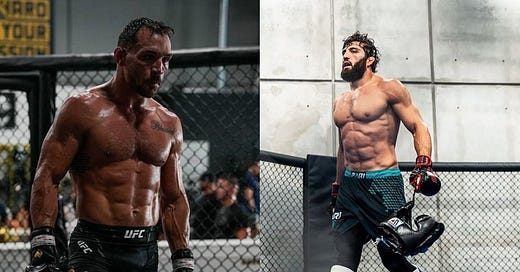



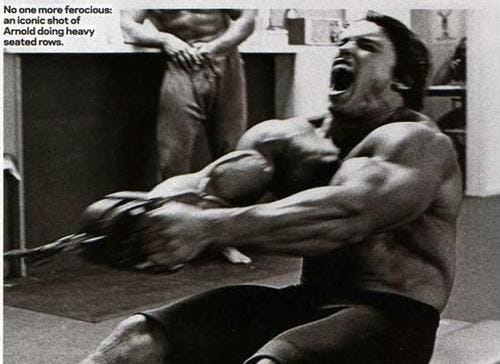
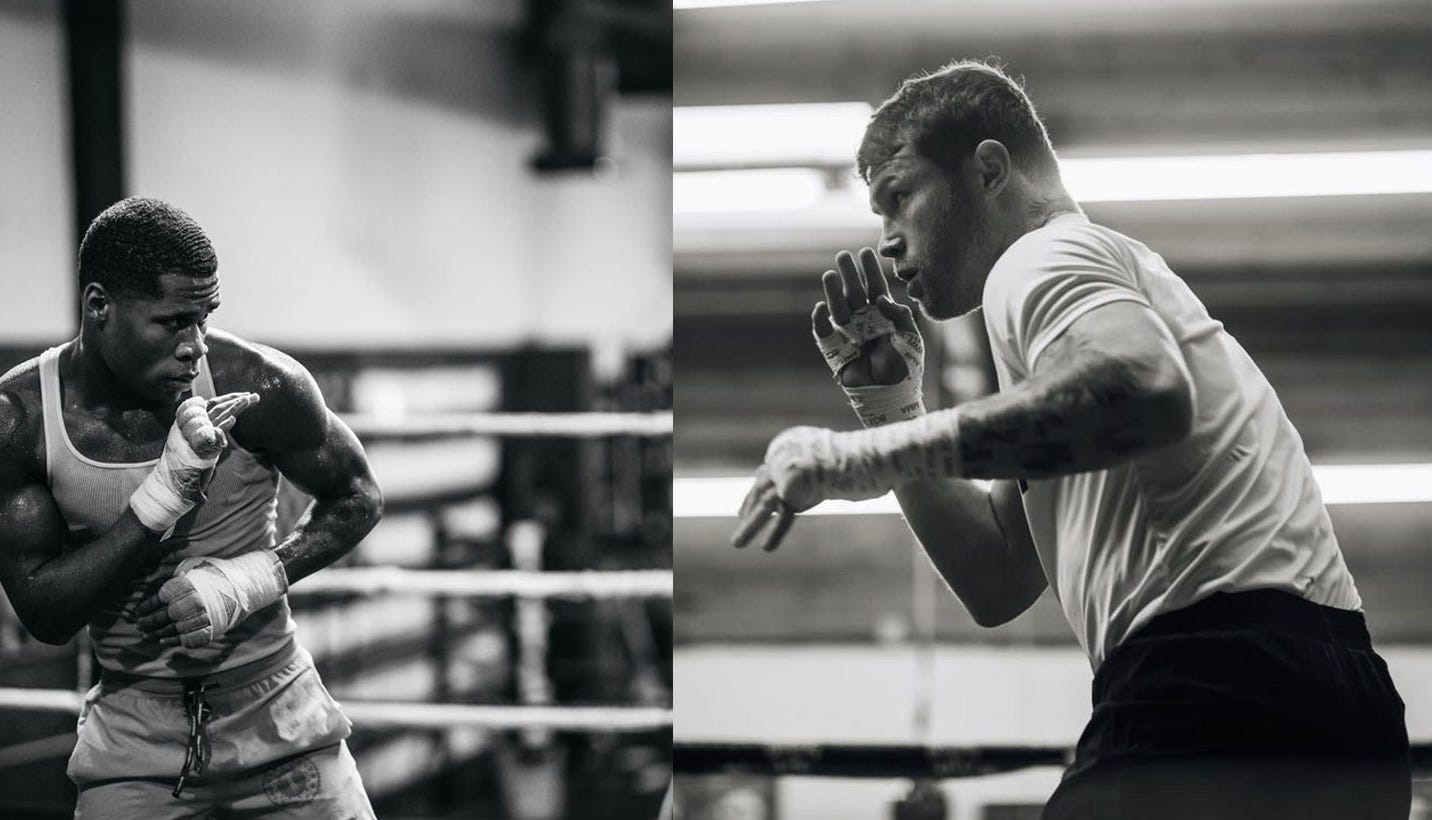
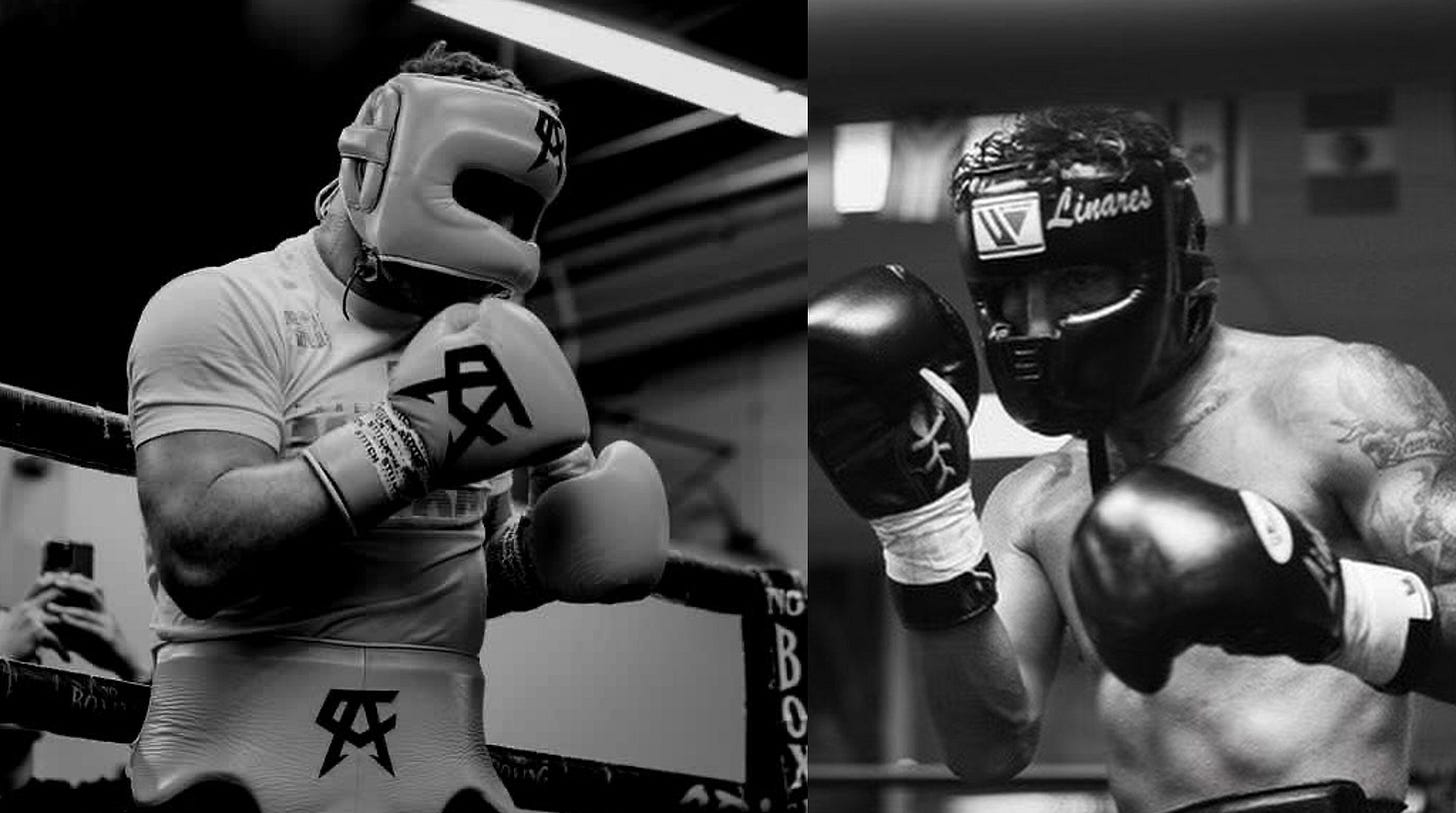
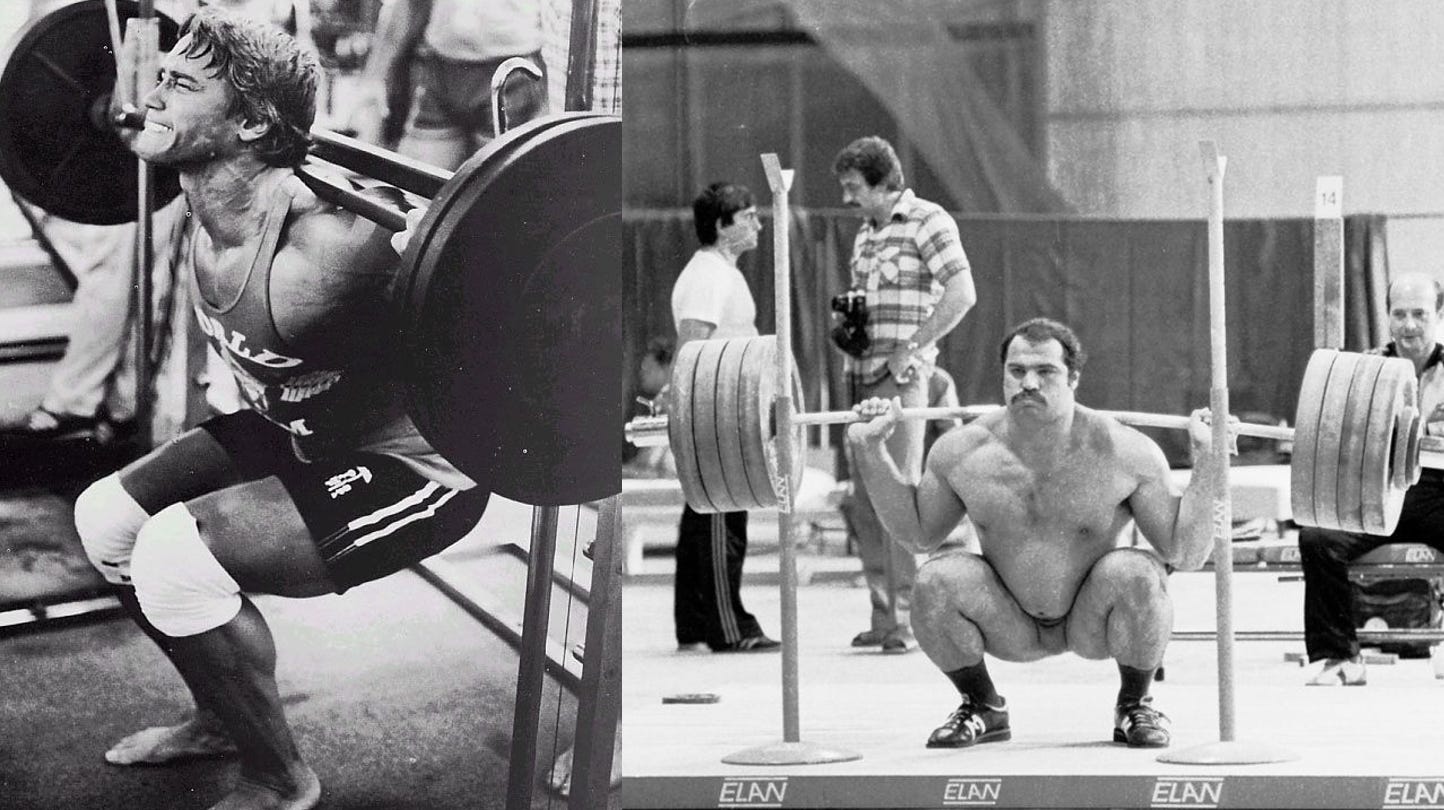


Needed this
Greetings Jack,
Thanks for the write-up! I will especially look into creatine and give it a try.
I recently had a body analysis, and I gained 1.2 kg of lean muscle mass in about half a year while losing roughly the same amount of body fat. I achieved this by only doing kickboxing 3-4 times a week and 15 minutes of bodyweight training afterward. It is certainly suboptimal, but I'm satisfied with the results, and this kind of training fits into my schedule quite nicely.
For me, it was crucial to increase my protein intake from 1 g/kg to 2 g/kg. I had tested a 1 g/kg protein intake for half a year with the same training routine prior, which did not change my body composition significantly.
Kindest regards,
Sulphur.